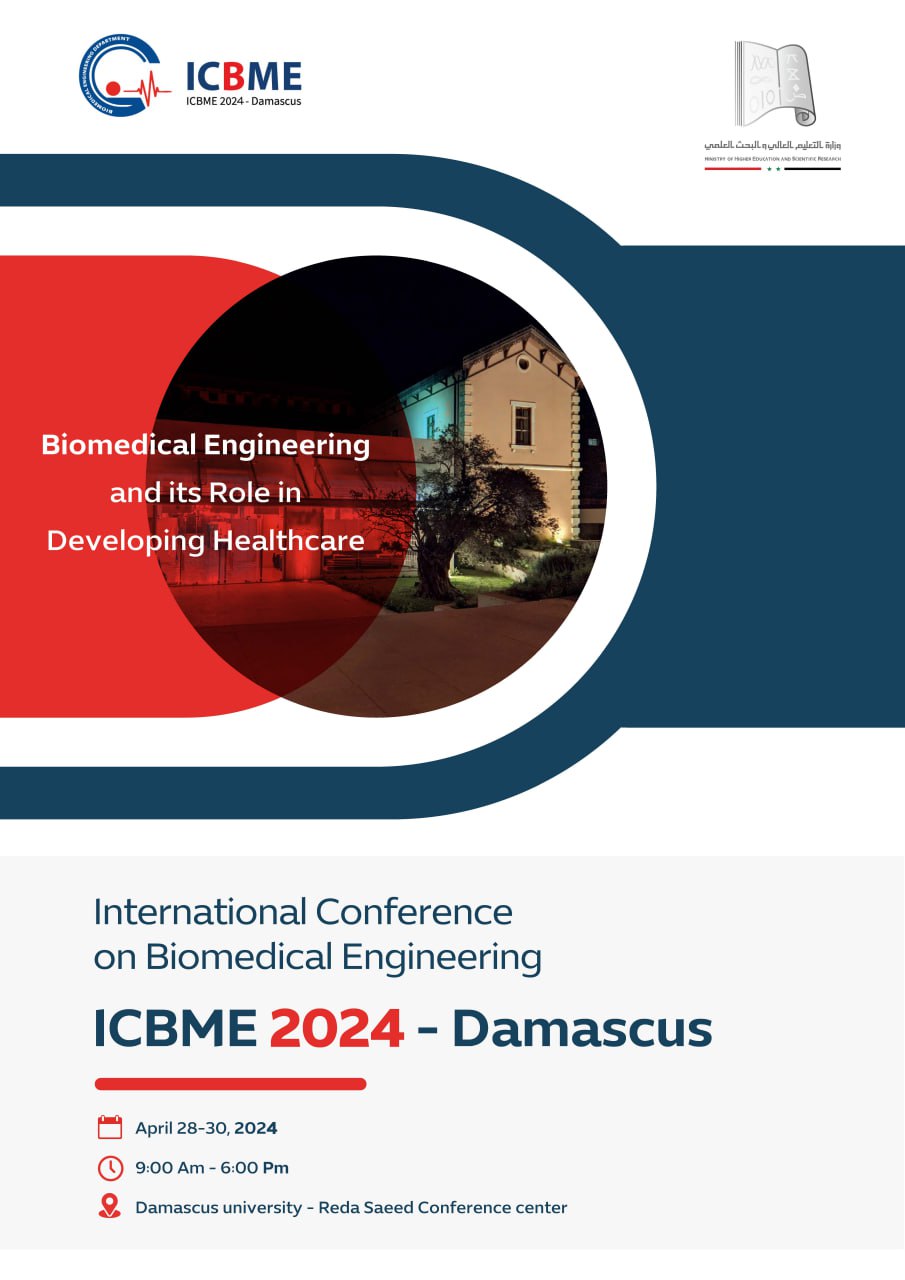Simulating an implantable artificial auditory helix: A research and training platform
Keywords:
cochlear implant surgery, climatic effects on helix, residual hearing after cochlear implant surgeryAbstract
Sensorineural hearing loss is an extremely serious disease of the hearing system and leads to complete deafness until the manufacturing of a replacement of the auditory nerve; which is the implantable auditory helix device. Computer simulation of the helix and its operation allows researchers and students alike to be able to study the various parameters that influence the performance of the helix. MATLAB environment is used, which allows the possibility of presenting a research and training platform. It has become feasible now to apply various audio signals and speech situations to the input of the helix and know the mechanism of hearing and processing it as the patient receives it. This simulation system is intended to be a comprehensive simulation program to allow the investigation of the various implanted cochlear systems available on the market or even those systems that are not available on the market yet.
It allows the various types and magnitudes of noise and interference at the input of the helix and at its different stages. Utilizing all the capabilities that MATLAB provides to improve sound processing or even design several models of signal processing techniques, comparing them, and choosing the most appropriate ones is also provided. It is also feasible to conduct and test the simulation.
In this research, we proposed a simulation model using the MATLAB environment. This model not only simulates the various parts of the helix, but it also allows the introduction of different audio signals and speech situations combined with all kinds of noise that might accompany the speech. provides us with a simulation of the device’s operation by entering an audio signal and then processing it with an explanation of all the stages that the signal goes through. This proposed model allows us to hear the audio signal that the patient receives, after which it is decided whether or not to make adjustments to the model.

